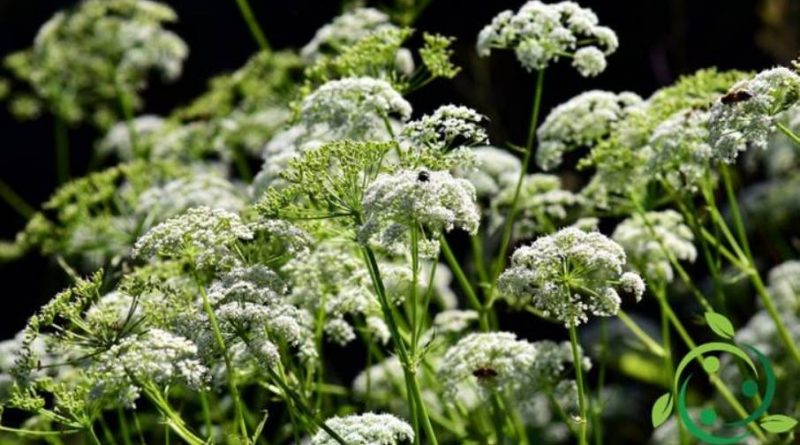Main properties of the Cicuta
Main properties of the Cicuta
In this paper we will see what are the main properties of the Cicuta. The greater hemlock (Conium maculatum L., 1753) is a plant of the family of umbellifers with a high toxicity; for this reason its therapeutic use must be entrusted to pharmacists and doctors.
The cultivation of hemlock is quite simple, just keep some rules and techniques. The Cicuta needs fresh soil and a mild climate with good shade. It is cultivated by sowing broadcasts and does not need special fertilizing techniques as it adapts well even to not very fertile land conditions.
The parts that are used are the leaves and the fruits and the method for harvesting the hemlock is to completely cut the plant with a mower. Subsequently, the fruits and leaves can be separated from the rest of the plant. The fruits are collected by means of vibrating rollers which make them fall inside grids while the leaves are cut from the stem by means of blades or scissors. As the Cicuta is a biennial plant, the first year only the leaves are processed and the fruits are harvested, in the second year both are worked and the fruits of the first year are planted for a new culture. Since also leaves and fruits have different balsamic times it results that a good harvest will have to be either only leaves or only fruits.
In history, the Cicuta was used by Greek and Arab doctors for the treatment of swelling, joint pains and skin affections. Moreover, in those days they were convinced that it could have effect on the scrofulous.
The toxicity of the Cicuta is due to the presence of alkaloids; especially the conina or cicutina, which has a higher concentration, and the coniceina, which is the strongest one. Other alkaloids are the dihydrin, methylconicin and pseudoconhydrine. An essential oil is also extracted from the Cicuta, esperiin (carotene). In addition to the fruits there are peptic substances, starch and organic acids: malic, caffeic and malic; rubber and resin.
To date, the only therapeutic application obtained from Cicuta in phytomedicine is the analgesic one. Equally used were the plasters of fruits to combat neuralgia and also the pain caused by the tumors.
Due to its high poisonousness and toxicity, herbal preparations are forbidden; medicines based on Cicuta extracts are available only at the pharmacy.
For greater clarity and warning, remember that the hemlock is so toxic that only 5 grams of leaves lead to death by respiratory paralysis. The symptoms of intoxication by Cicuta are: vertigo, intense thirst, coldness and reduced mobility.

